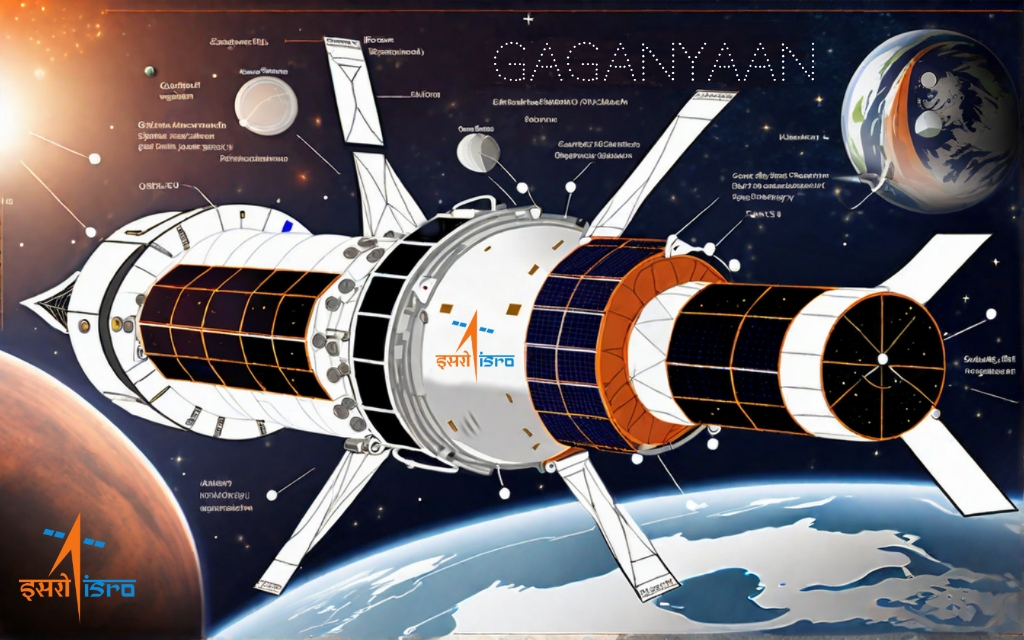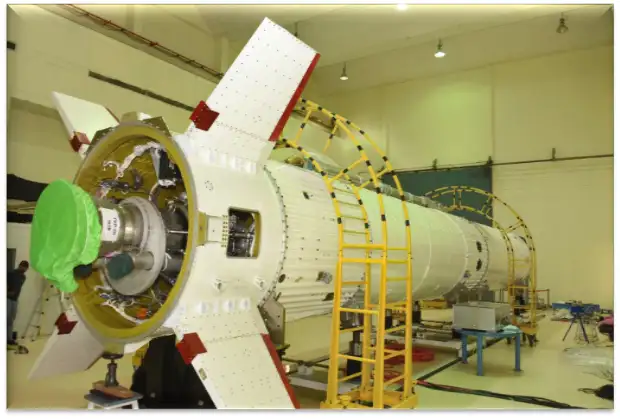
Technology
India's Gaganyaan Mission: Inaugural Test Vehicle Flight Set for October 21
2023-10-17 12:42:40

The Gaganyaan mission is a significant milestone for India's space program. Conducting the first test vehicle flight on October 21 marks a crucial step towards achieving the goal of sending Indian astronauts to space. This test flight will likely play a vital role in gathering essential data and insights for the mission's future success. It's a momentous occasion for the Indian Space Research Organisation (ISRO) and a source of pride for the entire nation.
KEY POINTS
-
The first test vehicle mission for the Gaganyaan project is scheduled for October 21, between 7 am and 9 am, as announced by the Indian Space Research Organisation (ISRO).
-
This mission aims to test the mid-flight crew escape system by carrying the crew module to a height of 17 km.
-
Additionally, the recovery process of the crew module after splashdown in the Bay of Bengal will also be practiced during this mission.
-
The mission will utilize a single-stage liquid propellant-based rocket, carrying an unpressurized version of the crew module that mimics the size and weight of the actual module meant for Indian astronauts.
-
According to an official from ISRO, the scheduling of a second test vehicle mission will depend on the data generated by the first. If the initial mission is successful, they will proceed with the second. However, if any issues arise, they will need to address them before moving forward with subsequent missions.

Gaganyaan Project Overview:
-
The Gaganyaan project's goal is to demonstrate India's capability for human spaceflight. It aims to launch a crew of three members into an orbit 400 km above Earth's surface for a three-day mission, returning them safely by landing in Indian sea waters.
-
The project employs a strategic approach, combining in-house expertise, Indian industry experience, intellectual contributions from academia and research institutions, and cutting-edge technologies from international agencies.
-
Critical technologies for the Gaganyaan mission include the development of a human-rated launch vehicle, a life support system to maintain a habitable environment for the crew in space, provisions for crew emergency escape, and the evolution of crew management aspects for training, recovery, and rehabilitation.
Demonstrator Missions:
- Prior to the Human Space Flight mission, various precursor missions are planned to demonstrate the Technology Preparedness Levels. These missions include the Integrated Air Drop Test (IADT), Pad Abort Test (PAT), and Test Vehicle (TV) flights. Unmanned missions will validate the safety and reliability of all systems.
Human Rated LVM3 (HLVM3):
-
The Gaganyaan mission will use the LVM3 rocket, a well-proven and reliable heavy-lift launcher of ISRO, which has been reconfigured to meet human-rating requirements and named Human Rated LVM3 (HLVM3). It is capable of launching the Orbital Module to an intended Low Earth Orbit of 400 km.
-
The HLVM3 incorporates a Crew Escape System (CES) powered by high-burn-rate solid motors. This system ensures that the Crew Module, along with the crew, can be safely moved to a distance in case of any emergency, either at the launch pad or during ascent.
Orbital Module (OM):
-
The Orbital Module (OM) consists of the Crew Module (CM) and the Service Module (SM). The CM is a habitable space with an Earth-like environment for the crew. It features double-walled construction, housing pressurized metallic Inner Structure and unpressurized External Structure with Thermal Protection System (TPS).
-
The CM accommodates crew interfaces, human-centric products, life support system, avionics, and deceleration systems. It is designed for re-entry to ensure crew safety during descent until touchdown.
-
The SM provides necessary support to the CM while in orbit, containing thermal, propulsion, power, avionics systems, and deployment mechanisms.
New Technologies for Gaganyaan:
- Various engineering and human-centric systems are being developed and realized to prioritize crew safety in the Gaganyaan mission.
Astronaut Training:
- The Astronaut Training Facility in Bengaluru offers comprehensive training covering classroom instruction, physical fitness, simulator training, and flight suit training. Modules include academic courses, Gaganyaan Flight Systems, microgravity familiarization, aero-medical training, recovery & survival training, flight procedures, and crew training simulators.
Milestones:
-
The project has achieved significant milestones, including the readiness of the test vehicle for characterizing the Crew Escape System at SDSC.
-
Major milestones are planned for the project's future progress.

